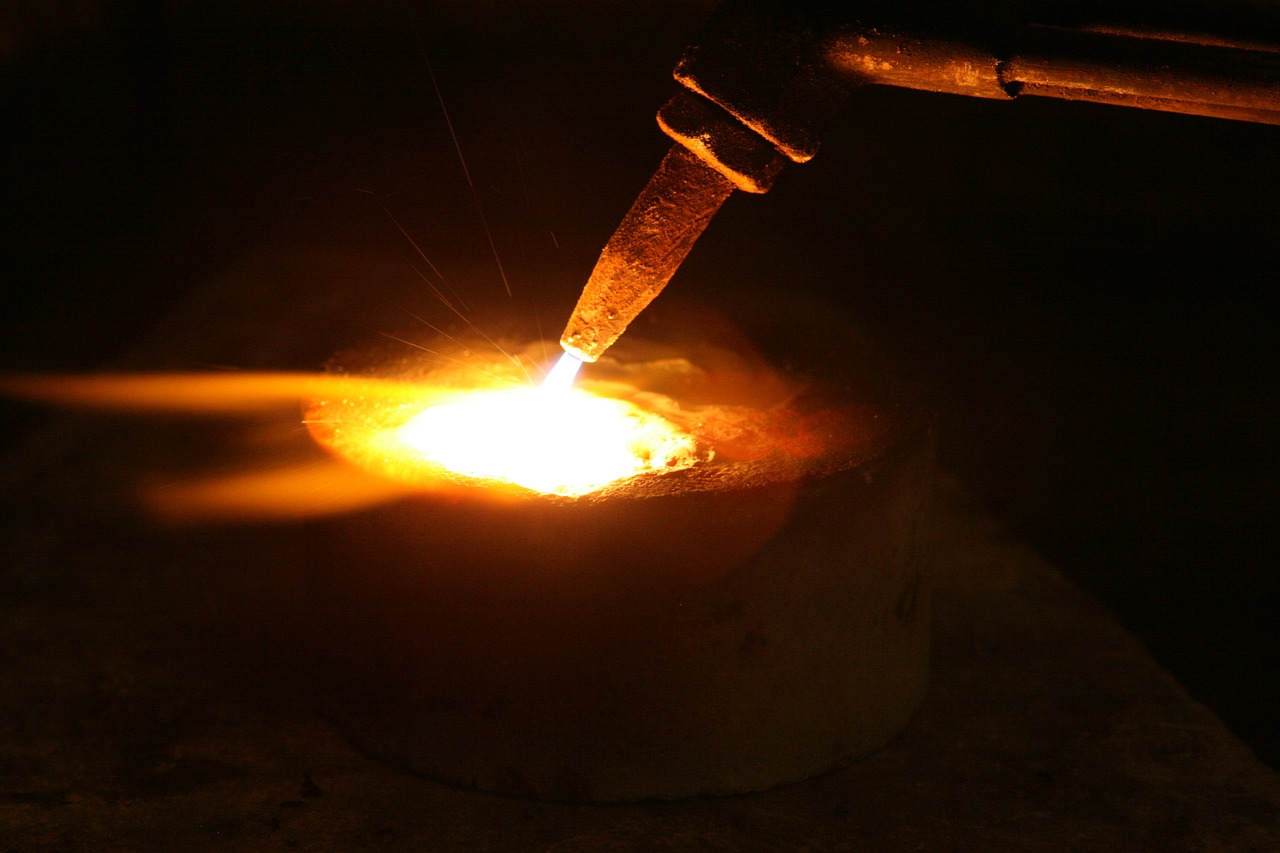Which Metals Conduct Heat the Best/Fastest

Thermal conductivity is a crucial quality of metals since it measures the amount and speed of heat the material can displace. This quality is especially important in high-temperature environments.
Extremely high temperatures can change the properties of any metal, usually reducing the strength. Therefore, conducting the heat quicker can significantly reduce the stress on the parts, increasing their usefulness and longevity.
However, in some usage scenarios, having worse heat conductivity actually helps. For instance, metals with lower thermal displacement properties are a better choice for high-temperature environments where temperature needs to be retained for longer, such as aircraft engines or kitchenware. Materials with excellent conductivity, on the other hand, are usually used for heat exchangers.
There is a significant discrepancy in the thermal conductivity of various elements. However, they all have one thing in common – the heat displacement properties stay almost the same, regardless of temperature.
Alloys, on the other hand, have different thermal conductivity properties at various temperatures. For that reason, alloy manufacturers state the value at different temperatures, usually those where the material is at its highest strength. You can find those values on Tech Steel & Materials for various alloys in our online catalog.
The imperial value for measuring heat conductivity is [BTU/(hr·ft⋅°F)], while the metric value is [W/m-K].
But what metals have the best heat conductivity? Let’s have a more in-depth look and find out!
Silver
Silver is a precious metal that’s very ductile and malleable and is also an outstanding conductor of electricity and heat. Its thermal conductivity is 248 [BTU/(hr·ft⋅°F)] or 429 [W/m-K]. Despite its exceptional heat displacement, silver doesn’t find a lot of use in industrial applications, since it’s costly.
Copper
Pure copper has the best conductivity of any other metal. For that reason, it is widely used for the manufacturing of heat exchangers, air conditioning and refrigerators, and hot water tanks. However, copper is also expensive, which limits its use in commercial applications.
Copper has a thermal conductivity of 232 [BTU/(hr·ft⋅°F)] or 401 [W/m-K] at room temperature.
Aluminum
Aluminum is a cost-effective option for applications where quick heat transfer is required. Overall, aluminum doesn’t have nearly the same thermal conductivity as copper, but thanks to the lower price, it finds more use in commercial applications.
Aluminum has a thermal conductivity of 137 [BTU/(hr·ft⋅°F)] or 237 [W/m-K] at room temperature.
Brass
Brass is an alloy from copper and zinc. Primarily known for its excellent corrosion resistance, brass also possesses good thermal conductivity. At room temperature, the values are 64 [BTU/(hr·ft⋅°F)] or 111 [W/m-K].
Aluminum Bronze
Aluminum bronze is an alloy that consists of copper, aluminum, iron, and nickel. This material is known for its high strength and corrosion resistance, but also its good thermal conductivity. At room temperature, the values are 44 [BTU/(hr·ft⋅°F)] or 76 [W/m-K].
Iron
Iron is a ductile and malleable metal with good thermal conductivity of 42 [BTU/(hr·ft⋅°F)] or 73 [W/m-K]. However, iron isn’t used by itself for industrial purposes. Instead, it is mixed with carbon to create steel alloy, which has much higher strength. However, steel also has a much worse thermal conductivity of 9.2 [BTU/(hr·ft⋅°F)] or 16 [W/m-K] at room temperature.

 Tech Steel & Materials
Tech Steel & Materials